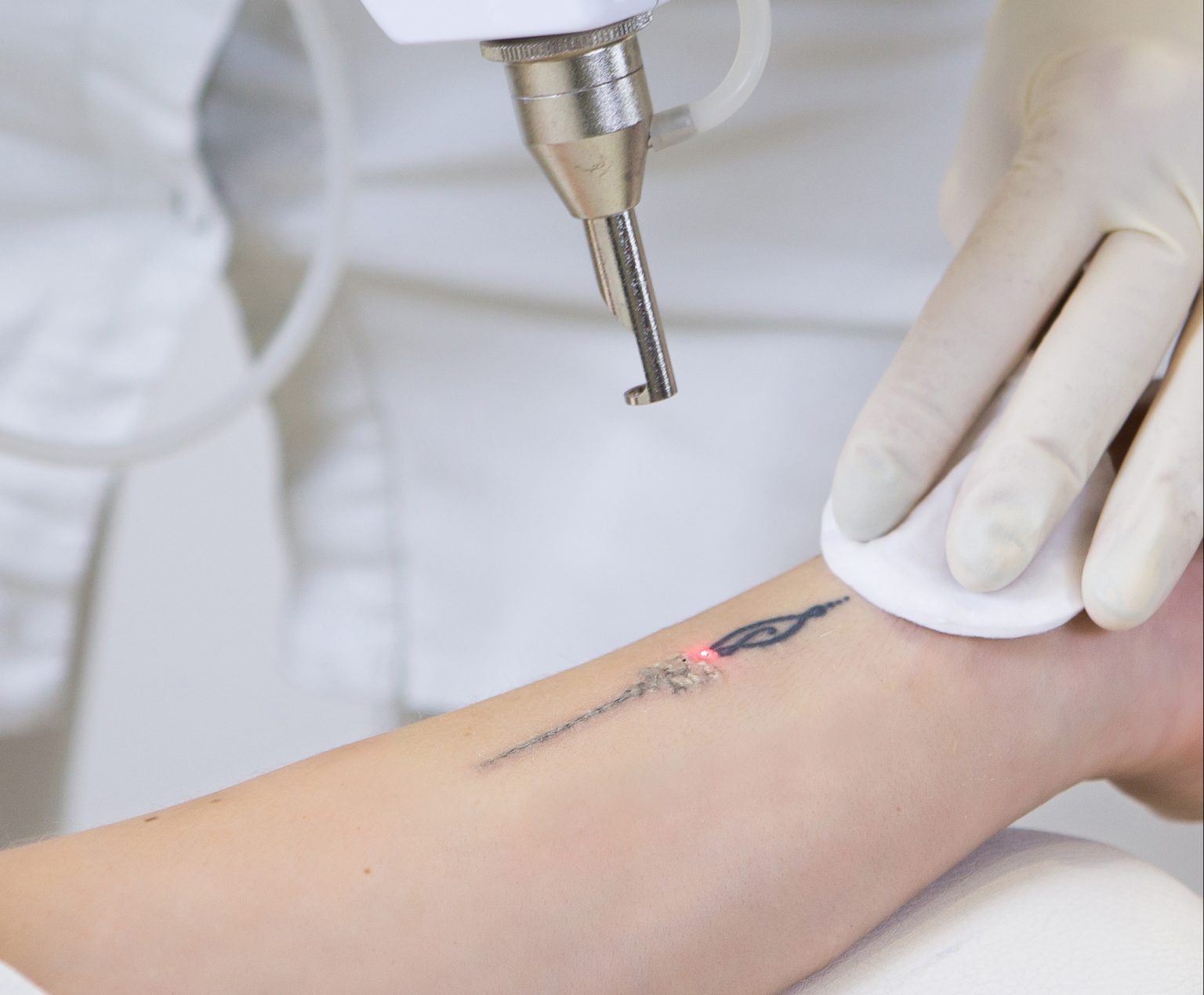Ali Fadhil Zaydan – MSc in anesthesiology and intensive care
Recently, there’s been an increase in the use of tattoos. This is a global phenomenon and isn’t limited to Iraq. For example, in the United States of America, there are more than 45 million people with tattoos, half of which are women.
A large percentage of women get lower back tattoos, and this is the area where local or epidural anesthesia is injected during painless labor.
Local anesthesia is administered by injecting the anesthetic into the spinal fluid through the lumbar region of the spine, or in the case of epidural anesthesia, the medicine is inserted by a needle into the area above the meningeal membranes. Tattoos in this area prompted a question: Is it dangerous if the pigments used in tattoos enter the spinal fluid? Should anesthesiologists avoid inked areas of the patient’s body? Are there special procedures in such cases?
In a survey conducted in Britain, 65% of anesthesiologists used local anesthesia on tattooed skin, while the rest of them avoided injecting anesthetics where the ink is.
The dyes used in tattoos usually contain toxic or carcinogenic substances such as 2-ethyl-5-nitroaniline 2,5-dichloramine and 4-nitro-toluene.
The anesthesia needle may carry some tissue when it’s inserted through the skin and this tissue could have some ink. When the anesthetic is injected, the ink will go further into sensitive areas.
Injecting organic dyes into the meninges or above the meninges may lead to an infection, such as meningitis. Nevertheless, cases of meningitis were not recorded among such patients, and the lack of reported cases could be because lower back tattoos were not common in past decades and because some disorders develop over time and not immediately. Also, researchers didn’t realize the connection between those health problems and tattoos till later.
Therefore, to be safe, the anesthesiologist should inject the medicine through a clean area around the tattoo or the patient can opt for tattoo removal before receiving anesthesia.
In conclusion, it’s important to clarify all the risks and problems that may occur to a patient who has a tattoo at the injection site.










